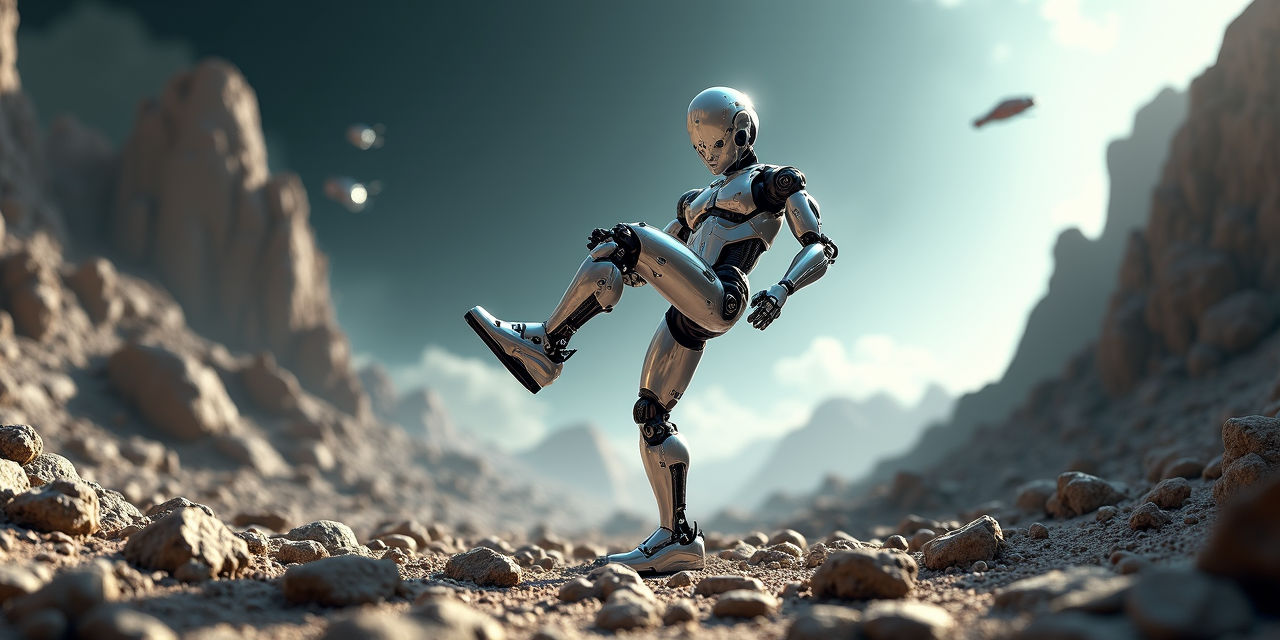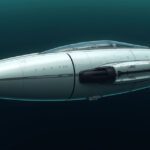稚晖君机器人单腿空翻技术解析与应用前景
Estimated Reading Time: 7 minutes (including technical analysis time)
Key Scientific Concepts
- Dynamics Modeling: Mathematical representation of physical systems in motion
- Model Predictive Control (MPC): Control algorithm that uses a system model to predict future behavior
- Sensor Fusion: Combining data from multiple sensors to improve accuracy
- Real-time Systems: Computing systems that must respond within strict time constraints
- Embodied AI: Artificial intelligence that interacts with the environment through a physical body
Scientific Navigation
Robotic Dynamics Breakthrough
When the silver-gray robot leaped into the air completing a 720-degree rotation, the barrage of “this defies physics” comments flooded the screen—yet this represents precisely why science remains endlessly fascinating. Zhi Hui Jun (Peng Zhihui), the prodigious talent from University of Electronic Science and Technology, along with the Agibot Robotics team, has demonstrated through concrete action that China’s embodied intelligence has reached a defining moment.
Kinematic Analysis of the Backflip
The single-leg backflip represents a non-trivial achievement in dynamic balance control. During the 0.47-second aerial phase, the robot must execute 432 joint calculations while maintaining posture tolerance within ±0.5°—ten times more precise than human neural reflexes.
“Imagine balancing a inverted pendulum on your finger while spinning—the robot accomplishes this with computational precision exceeding biological systems.”
Key parameters from the open-source documentation:
- Aerial phase duration: 0.47 seconds
- Joint computation frequency: 200Hz
- Peak torque requirement: 30Nm
- Positional accuracy: ±0.5°
Control Systems Architecture
Model Predictive Control Implementation
The Model Predictive Control (MPC) system continuously predicts the robot’s future state and optimizes control inputs accordingly. This approach differs fundamentally from Boston Dynamics’ hydraulic systems, utilizing electric actuators with sophisticated control algorithms.
| Parameter | Agibot X2 | Boston Dynamics Atlas | Tesla Optimus |
|---|---|---|---|
| Actuation Type | Electric (M107 joint) | Hydraulic | Electric |
| Control Frequency | 200Hz | 100Hz | 50Hz |
| Peak Torque | 30Nm | >100Nm | 20Nm |
| Power Source | Li-ion Battery | External Hydraulic | Li-ion Battery |
Multi-Sensor Fusion Framework
The sensor fusion system integrates data from IMU (Inertial Measurement Unit), vision systems, and force sensors to create a comprehensive environmental awareness. This integration occurs through a OROCOS framework that processes inputs at varying frequencies while maintaining temporal synchronization.
Hardware Innovation Analysis
The self-developed M107 joint motor represents a significant advancement in actuator design, achieving high torque density through innovative electromagnetic design and thermal management. Performance specifications verified through Quantum Bit’s technical analysis:
- Peak torque: 30Nm (3x continuous rating)
- Max speed: 60RPM under load
- Efficiency: 92% at optimal operating point
- Weight: 420g including drive electronics
“These joint modules function like human muscles with built-in nervous systems—each contains its own processing, sensing, and power delivery in a compact package.”
Practical Applications & Implications
From Laboratory to Real World
The technological demonstrations translate to practical applications across multiple domains:
- Educational Robotics: Adaptive teaching robots capable of recognizing student confusion through affective computing applications
- Industrial Automation: Dual-robot collaborative assembly operations, as demonstrated in JD.com’s smart warehouse implementation
- Domestic Assistance: Elder care and child companionship with ethical considerations regarding autonomy and privacy
Youth Participation Pathways
For teenage enthusiasts seeking practical experience, five accessible open-source projects provide entry points:
- MiniQuadruped – 4-legged robot with inverse kinematics control
- OpenCat – Affordable robotic pet platform
- Stanford Pupper – High-performance walking robot
- BitBots – Humanoid platform for education
- ROS4Pro – Professional robotics operating system simplified for education
All projects available through Agibot’s educational GitHub repository with complete documentation and build instructions.
Science Q&A: Addressing Common Misconceptions
Q: Is this robot truly autonomous or pre-programmed?
A: The backflip demonstration combines both elements. The motion trajectory is pre-planned using dynamics models, but the real-time adjustment during execution is autonomous, responding to actual sensor feedback rather than simply playing back recorded movements.
Q: How does this compare to human athletic performance?
A: While the robot exceeds human precision in joint control (±0.5° vs. approximately ±5° for trained athletes), it lacks the adaptive learning and energy efficiency of biological systems. Human athletes consume far less energy per movement and improve through practice rather than reprogramming.
Q: Are open-source hardware projects truly accessible to beginners?
A: The term “open-source” encompasses a spectrum of accessibility. While Agibot’s designs are technically open, they require substantial engineering knowledge to implement fully. However, the educational projects specifically designed for students provide graduated learning pathways with simplified components and detailed tutorials.



